A couple of months ago, I wrote that Europe’s winter gas crisis wouldn’t be nearly as catastrophic as lots of people were predicting at the time. I was right. Europe bought a ton of liquefied natural gas from the U.S. — so much that the price of gas in the EU fell by more than half, even though Russian imports are now a negligible part of consumption. Meanwhile, the winter is forecast to be milder than usual, gas reservoirs are filled, and supplies are stable; it looks like gas rationing won’t even be necessary. People were predicting blackouts in Germany, but now those are regarded extremely unlikely.
But people are still panicking about Europe, and especially about Germany. The worries now are less about freezing in the winter, and more about the longer-term loss of competitiveness from high energy prices. A number of German folks are talking about “de-industrialization” in quite dire terms:


A few are even blaming the U.S. as well as Russia:

The German economist Hans Werner-Sinn, meanwhile, blamed the green energy transition. Conservative media has been especially concerned, with one writer declaring that the cutoff of Russian gas to Europe could signal “the end of Western dominance”.
Now, I do think that it’s sensible to worry about things like this, because some degree of worry is necessary to galvanize a rich, contented population to accept the need for major policy change; I’ve often argued that one of U.S. culture’s biggest strengths is that we’re always in an uproar over potential problems, which helps us avert those problems. But at the same time, panic can lead to foolish decisions born of fear. In Europe’s case, excessive worries about de-industrialization might frighten the region’s leaders into reversing the energy transition, starting a trade war with the U.S., or even offering up Ukraine as a sacrifice to Russia as a way of begging Putin to turn the taps back on.
Such rash actions would be a mistake, because the worries about de-industrialization in Europe, and Germany specifically, are very exaggerated.
German industry looks pretty resilient
Right now, German manufacturing appears to be suffering only modestly. EU imports of Russian gas started falling in the spring, well before the explosion in the Nord Stream pipeline on September 27. This led to falling natural gas demand in Germany. But so far, in most primary industries, industrial output held steady through the summer:

And here’s total manufacturing output — again, pretty unchanged through August.
Of course, this could have changed after the pipeline was blown up; we won’t have more data for a little while. But online job postings in manufacturing appear to be up in the last two months:
And various measures of business sentiment are also looking a bit healthier, signaling a more mild downturn than many feared.
How are Germany manufacturers weathering the storm? One way is simply by finding ways to be more efficient in their use of natural gas:


A few industries, of course, can’t adapt so easily. But a study by the Leibniz Institute for Economic Research, commissioned by the German government, recently concluded that the ~300 products (mostly chemicals) that are especially vulnerable to gas price spikes could be imported cheaply from overseas, keeping costs low for other manufacturing industries. That seems consistent with the data from August showing steady production in most industries except for chemicals.
In other words, folks like Werner-Sinn are basically assuming that the production function for German-made goods is extremely inelastic, but that assumption appears to be wrong. In a recent presentation, German economist Ben Moll shows that even a small degree of substitution away from gas can alleviate most of the negative effects on overall output.
Of course, this is just Germany, but August data for French and Swedish and other European countries’ manufacturing looks even more resilient than Germany’s through the month of August. The overall Eurozone manufacturing PMI (a measure of sentiment) remains slightly in the red, but improved in November, beating expectations.
In other words, the abrupt cutoff of Russian gas looks to have had only a minor effect on European industry so far, thanks to adaptability and the ability to import both gas and gas-intensive products from the U.S. and other trading partners. And over the long term, we can expect Europe’s energy crunch to ease — the region will import more LNG from the U.S. and deploy more renewables (and hopefully more nuclear power too), while companies learn even more ways to economize on gas.
That said, there is a long-term danger to European manufacturing, and German manufacturing in particular: Chinese import competition.
China: from symbiosis to competition
Primary industries like chemicals or metals are not big sources of value added for an advanced industrial economy. The real money comes from advanced products like cars and electronics — specifically, from the design, marketing, and servicing of these products, as well as the manufacturing of the technologically advanced components that go into them and the machinery that’s used to make them. The actual assembly work is a lower-value activity that rich countries have generally outsourced in recent decades, while maintaining control of the higher-value-added stuff. In the case of the U.S. and rich Asian countries, the outsourcing was mostly to China, while Germany and the other rich European countries also outsourced quite a bit to East Europe.
Because its high levels of education and engineering know-how compensated for costly wages, Germany itself was able to hang on to lots of high-value-added, capital-intensive manufacturing, especially in the auto and biomedical industries, making manufacturing a bigger portion of its economy than in most of its European peers. Wage restraint on the part of German unions helped, as did Germany’s large volumes of exports to other EU countries. Germany was too small to be the workshop of the world, but it remained the workshop of Europe.
But this position is now under threat from Chinese imports. Traditionally, the EU exported a lot more cars to China than vice versa, but Bloomberg’s Chris Bryant and Anjani Trivedi note that this has suddenly reversed:
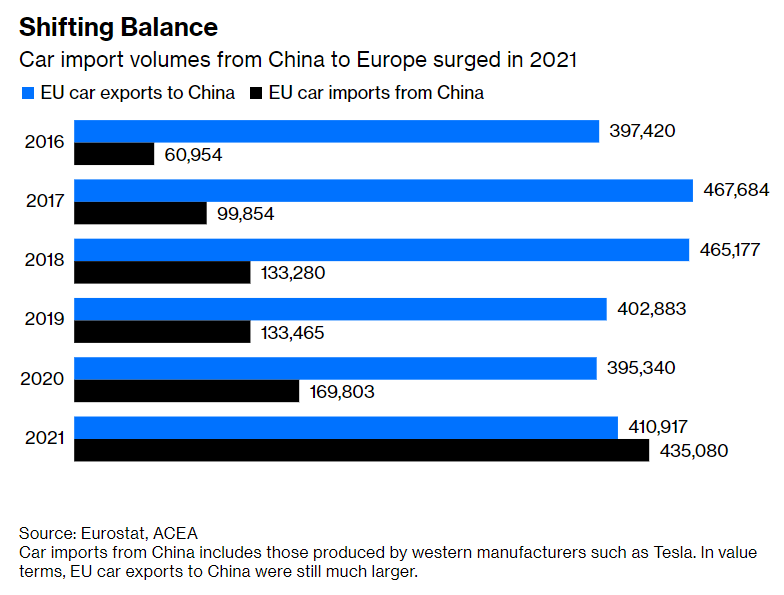
Bryant and Trivedi point out that most of this is due to a surge in Chinese exports of electric vehicles. Europe buys a whole lot of electric cars, consistent with its intention to accelerate the green transition. That’s good. But unlike China and the U.S., Europe buys a lot of EVs that it doesn’t produce locally:
This is especially worrying for Germany. The country is an industrial cluster of internal combustion — German companies have a huge amount of accumulated technical know-how regarding how to build very high-quality internal combustion engines, and German engineers and line workers have a ton of skills and tricks that they pass down to their students, junior coworkers, and apprentices. Industrial clusters like this tend to be extremely durable over time. But the green transition means that the role of the internal combustion engine in the global economy will shrink dramatically — it’ll still be used for planes and some other applications, but as far as autos are concerned, internal combustion will be more or less obsolete.
That will put Germany’s fabled engine-building cluster in danger. If the country’s car companies can’t win a significant position in the new EV world, the heart of Europe’s most important industrial cluster could be torn out. That could lead to true de-industrialization.
Fortunately, the German auto industry has a few things going for it. First of all, cars are very expensive to ship, which is why they tend to be made close to where they’re consumed. Second, Germany’s big car companies, unlike their Japanese counterparts, are intent on shifting to EVs very rapidly.
Another key German industry is machine tools. These are the complex, capital-intensive machines that make the global economy run, and Germany has long been one of the industry leaders — especially its highly medium-sized manufacturers. In fact, much of China’s amazingly rapid industrialization was powered by huge imports of German machinery, which helped Germany sustain its exports in the 2000s and 2010s. But now the student may be close to surpassing the master — China’s exports of machine tools surpassed Germany’s in 2020. German tools are still more technologically advanced, but as Politico reports, China’s catch-up in the lower echelons means that Germany is having to sell China more and more cutting-edge stuff to keep exports up. This is from a Politico article in 2020:
The main worry in Germany’s Mittelstand, the medium-sized businesses that form the country’s industrial backbone, is that sometime in the not-so-distant future, China won’t need them anymore. The reason German exports to China have remained so robust over the years is that German engineering is still superior. That’s particularly true of German machinery-makers, the country’s so-called hidden champions.
But China is catching up. In the past, German industrial companies combatted China’s attempts to steal their technology by holding back their latest innovations from the Chinese market. In most cases, even if the gear they sold to China wasn’t state-of-the-art, it was generally superior to what Chinese suppliers could offer. That strategy has become increasingly difficult as Chinese rivals have become more sophisticated, forcing German companies to put their top-shelf offerings on the Chinese market.
For German industry as a whole, the long-term question is whether access to China’s vast market is worth the risk.
“We have created a massive competitor in exactly the businesses that we’re good at and we are being squeezed out of the market,” [Janka] Oertel said.
This would follow an unfortunate pattern. German company Siemens built high-speed rail for China back in the 2000s, but a condition of the deal was that the German company had to transfer its technology to China. China promptly used that technology to stand up domestic champions that ended up competing with Siemens. By 2015, Chinese companies were outcompeting Siemens for German government orders! If the same thing happens with advanced machine tools, a far more important German industry will have given away its future for short-term profits.
In other words, Germany has been both far too short-sighted and far too naively trusting when it came to its economic relationship with China. Just as German banks were too trusting of American banks in the early 2000s, which allowed the Americans to sell them exploding mortgage-backed products and leave them holding the bag. Just as Germany was too trusting of Putin when it allowed itself to become dependent on Russian gas.
All in all, I’d say Germany needs to be a little less trusting.
As yet, there are only a few fitful signs that Germany — and Europe as a whole — are waking up to the threat of Chinese manufacturing competition. German Chancellor Olaf Scholz’ recent trip to China, with a group of business leaders, made it clear that the country’s leaders still see China primarily as a partner rather than as a competitor whose combination of technological appropriation and cutthroat mercantilism could lead to Europe losing some of its most valuable manufacturing clusters.
European manufacturing will weather the storm of Russian gas cutoffs. But as to whether the region can remain one of the world’s key manufacturing centers in the face of Chinese competition over the next four or five decades remains to be seen.
https://noahpinion.substack.com/p/dont-panic-europe-is-not-facing-imminent
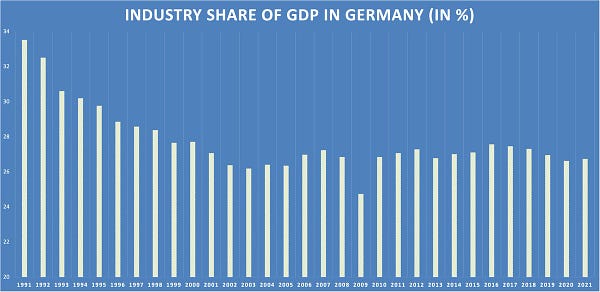
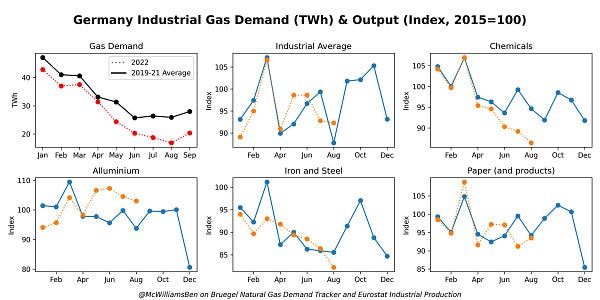
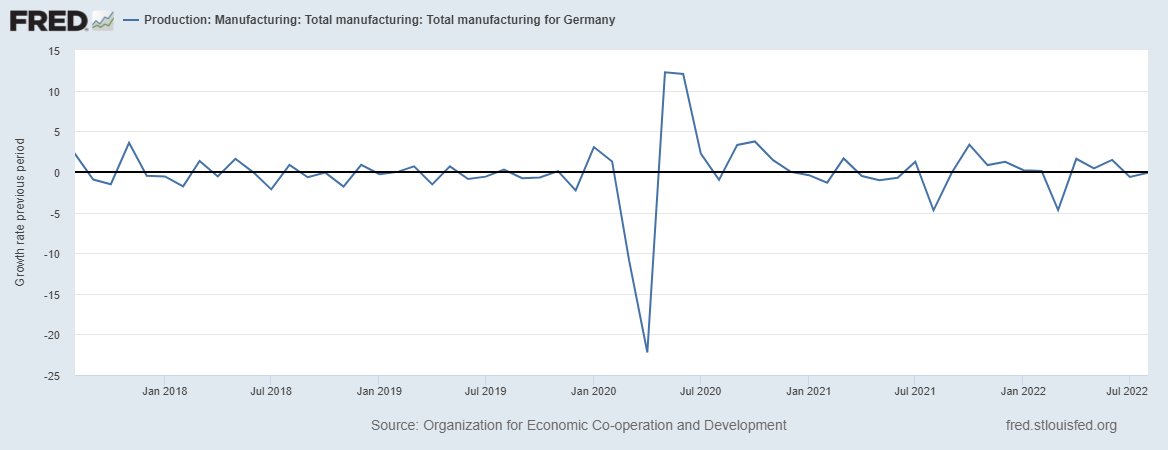
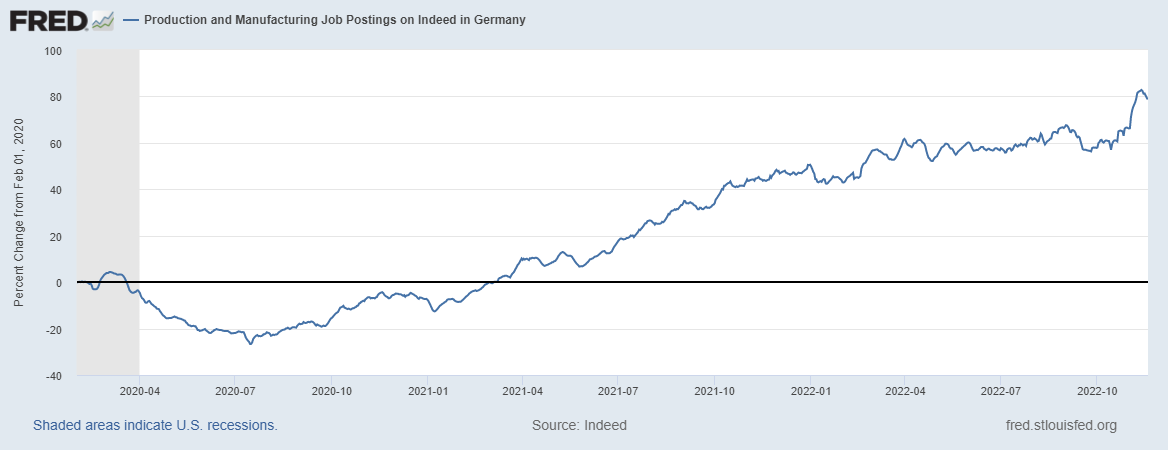
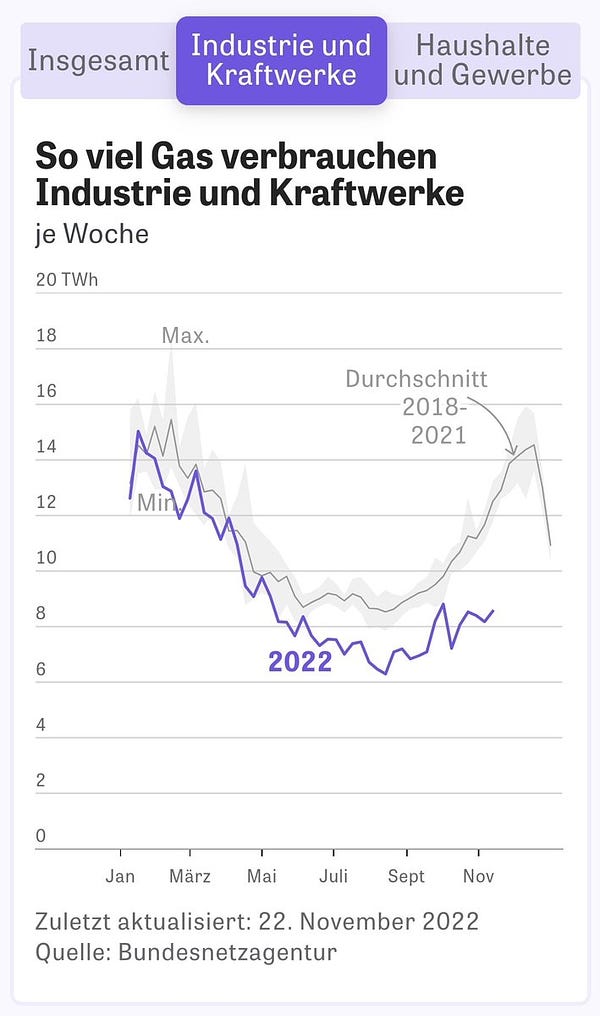
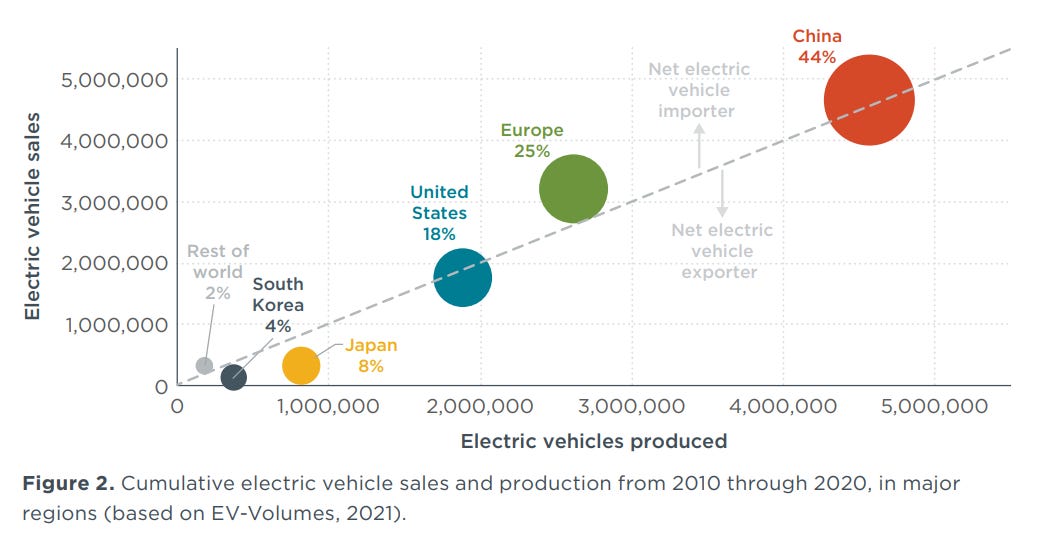
No comments:
Post a Comment